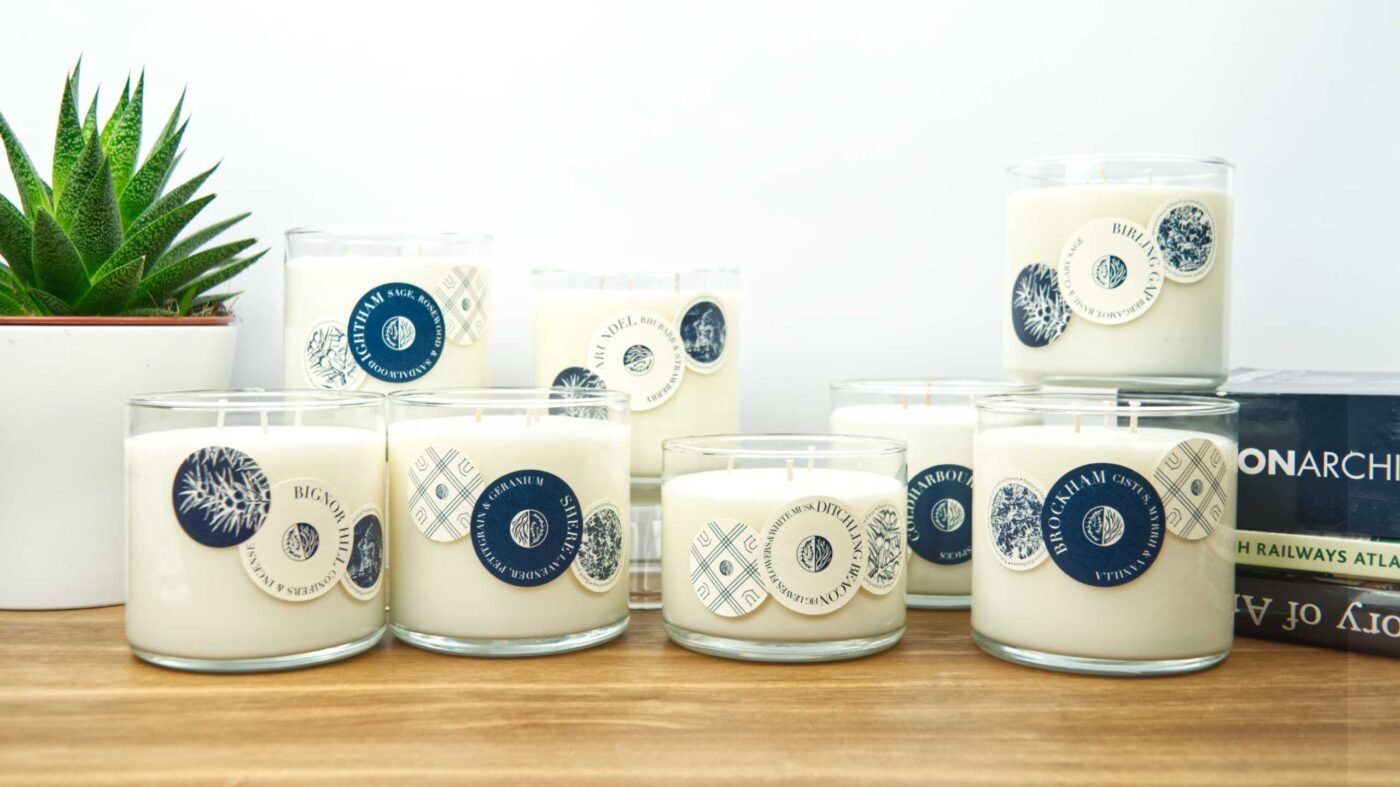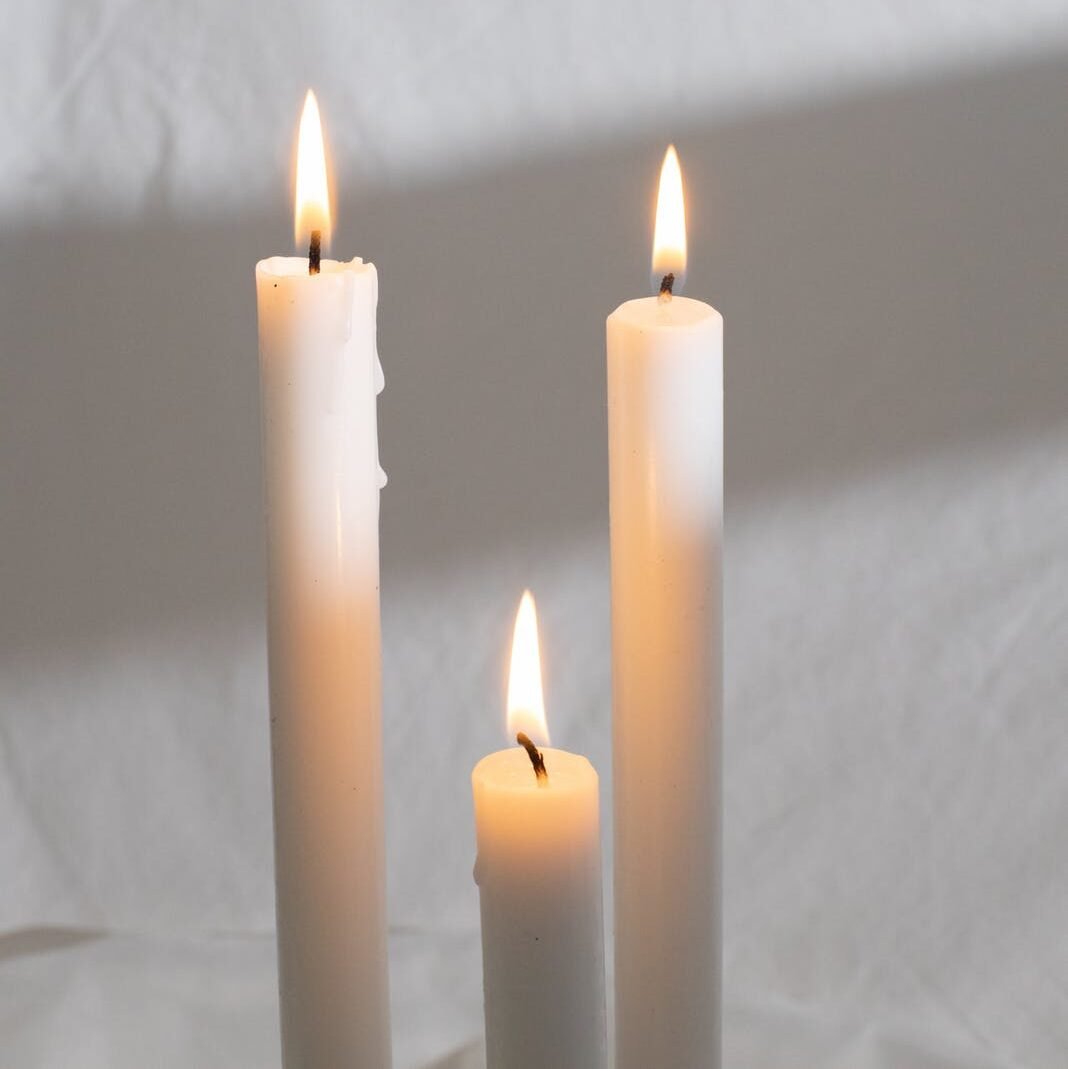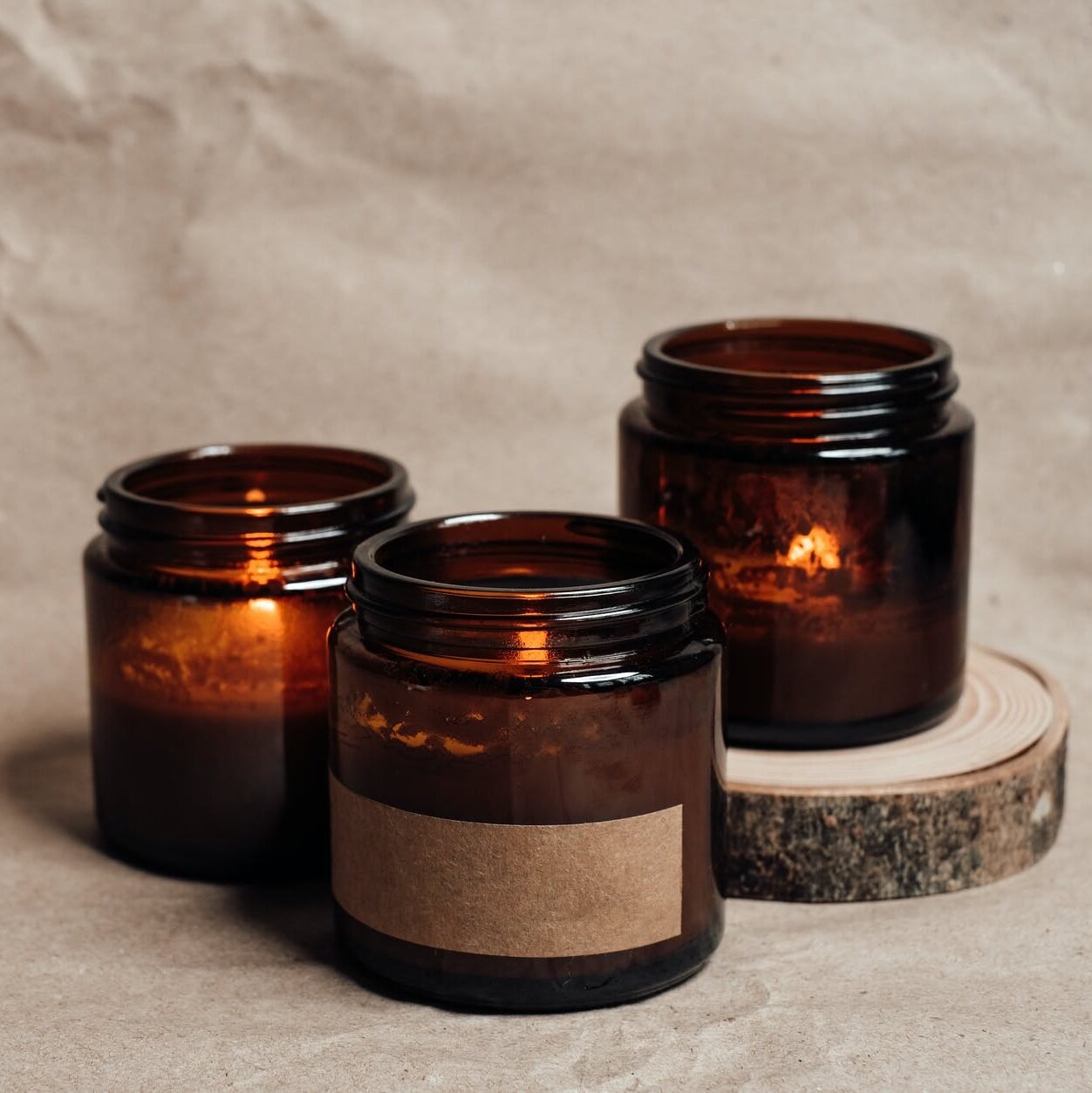
The natural wax (r)evolution – short history of candles
The flickering flame and enticing aroma of a natural candle is hard to beat when it comes to making your home a cosy and welcoming place to be. Candles are as popular as ever and there’s a lot to love
The flickering flame and enticing aroma of a natural candle is hard to beat when it comes to making your home a cosy and welcoming place to be. Candles are as popular as ever and there’s a lot to love – they give light, they’re a beautiful piece of home decor and scented candles smell incredible! However, did you know that these humble creations have been around for many thousands of years? The history of candles is fascinating! You can discover more in our candle history below.
Beeswax candles
The history of wicked candles goes back many thousands of years. One of the first civilisations that are known to have developed these is the Romans. They would dip rolled-up papyrus in melted beeswax to create candles that would light homes and for religious ceremonies. The practice of using beeswax didn’t become commonplace across the western world until the middle ages. Many cultures in Europe still used rendered animal fat (tallow) until that point. Beeswax proved to be far superior, as it produced a far nicer smell and burned with significantly less smoke. However, it was very expensive and these natural candles were hence mostly used by the rich.

Paraffin candles

Skip forward to the 1850s and chemists figured out how to extract and refine paraffin, the waxy substance from petroleum. This breakthrough was a game-changer for candle production. It’s characteristic as a by-product of the oil industry allowed for the production of cheaper candles that were odourless and burned with very little smoke. The addition of stearic acid to paraffin further enhanced its durability and lead to candles that would burn for longer.
Soy, coconut and sunflower candles
Candles became less of a necessity with the widespread adoption of electric light. However, towards the end of the 20th century they experienced a large resurgence. People began to delight in having candles in their home for mostly decorative purposes. With this came a desire for candle waxes that were cleaner and more ethical to produce. In the 1990’s chemists in the USA discovered that soybeans created a wax that was softer and burned slower than paraffin, however, it doesn’t hold on to scents that are added and it can crumble easily. Coconut wax is another alternative that is better at giving off a scent but is very expensive to produce and it’s softness means it can melt when placed in sunlight. Sunflower wax is made by hardening (or wintering) sunflower oil and it provides a more solid wax than soy and coconut, however, it is expensive as a raw material.

Rapeseed wax candles

The natural wax revolution constantly yields new discoveries and for UK candlemakers, one of the latest revelations is rapeseed wax. You may not have heard of rapeseed, but you will almost certainly have seen it – the bright yellow flowers can be seen in fields up and down the country!
As with other natural waxes, rapeseed candles give off scents incredibly well and burn slowly. There are many other clear benefits to using rapeseed wax in our premium candles. The fact that rapeseed is grown right here in the UK and across Europe means that its carbon footprint is significantly lower than other types (soy, coconut) which have to be grown in very different climates and travel thousands of miles to get here. As a crop, rapeseed is notably more sustainable and renewable than some other waxes.
It’s well known that rainforest is often cleared to be replaced by intensely farmed crops including soy and palm oil, which is blended into several other natural waxes to improve their structure in candles. Rapeseed is also not genetically modified, as is the case with some products including soy wax. The yellow rapeseed flowers also produce nectar which is great for bees, butterflies and other insects.
Find out what rapeseed wax candle we have in stock in our Shop.